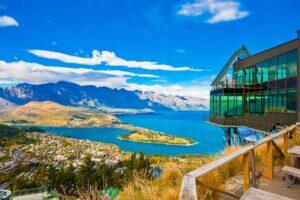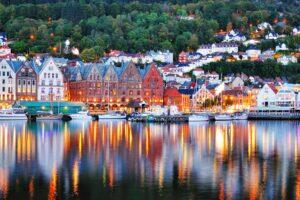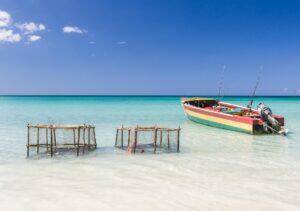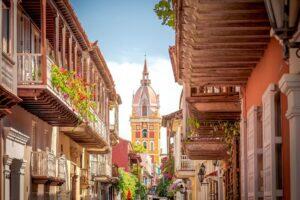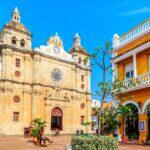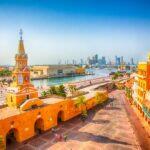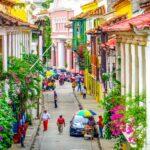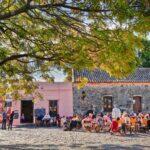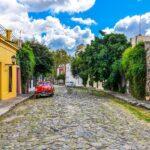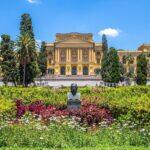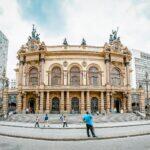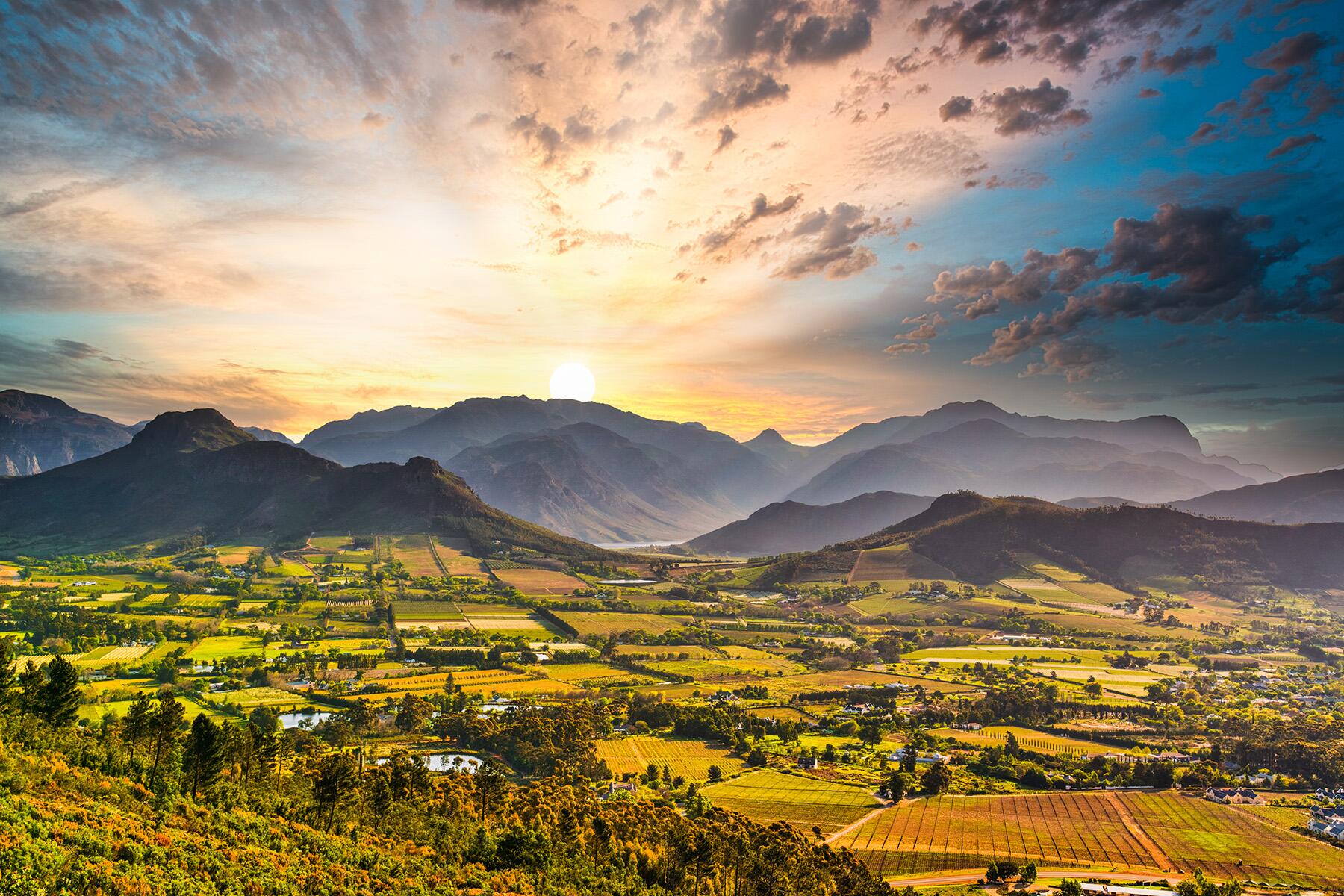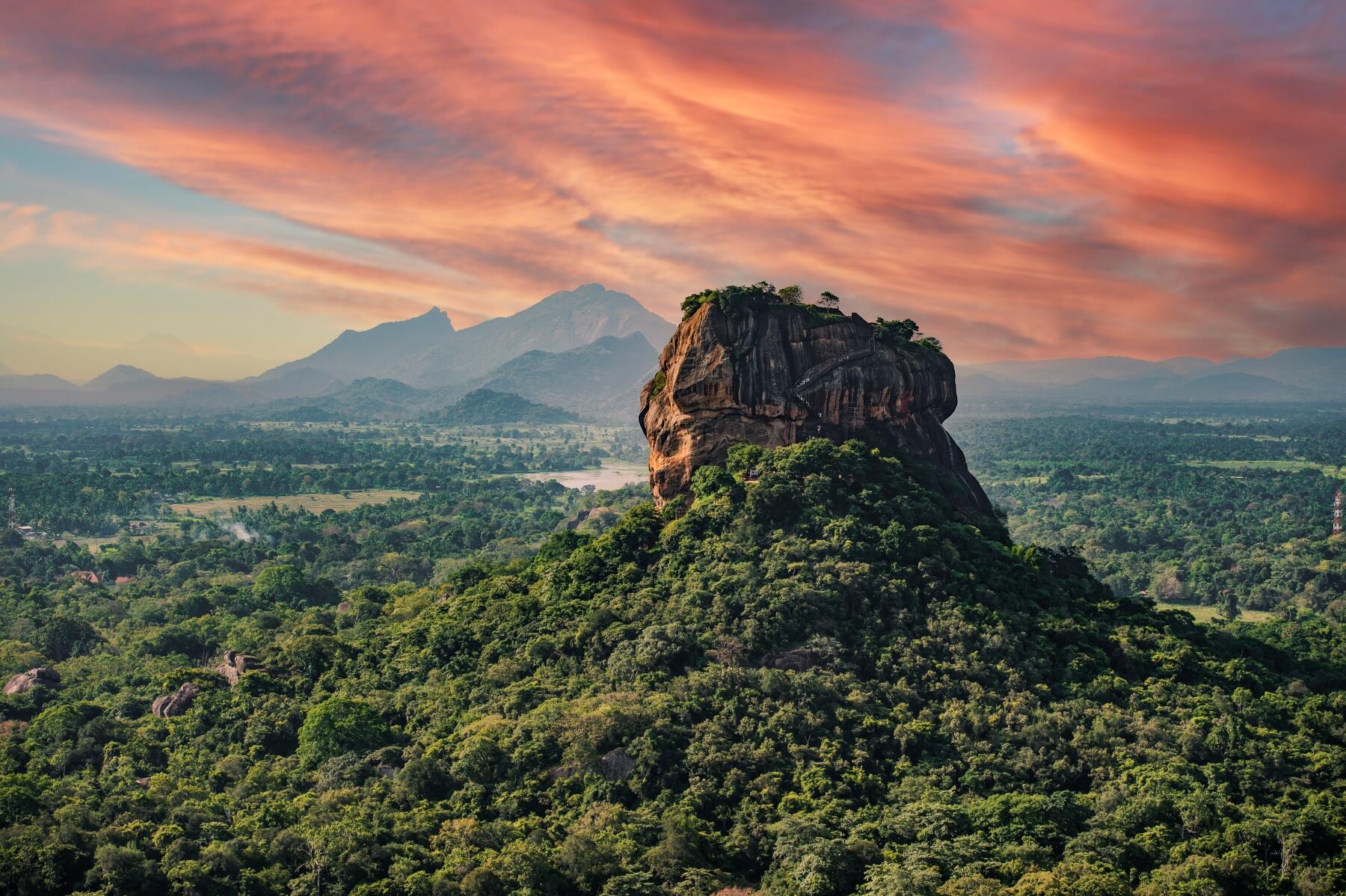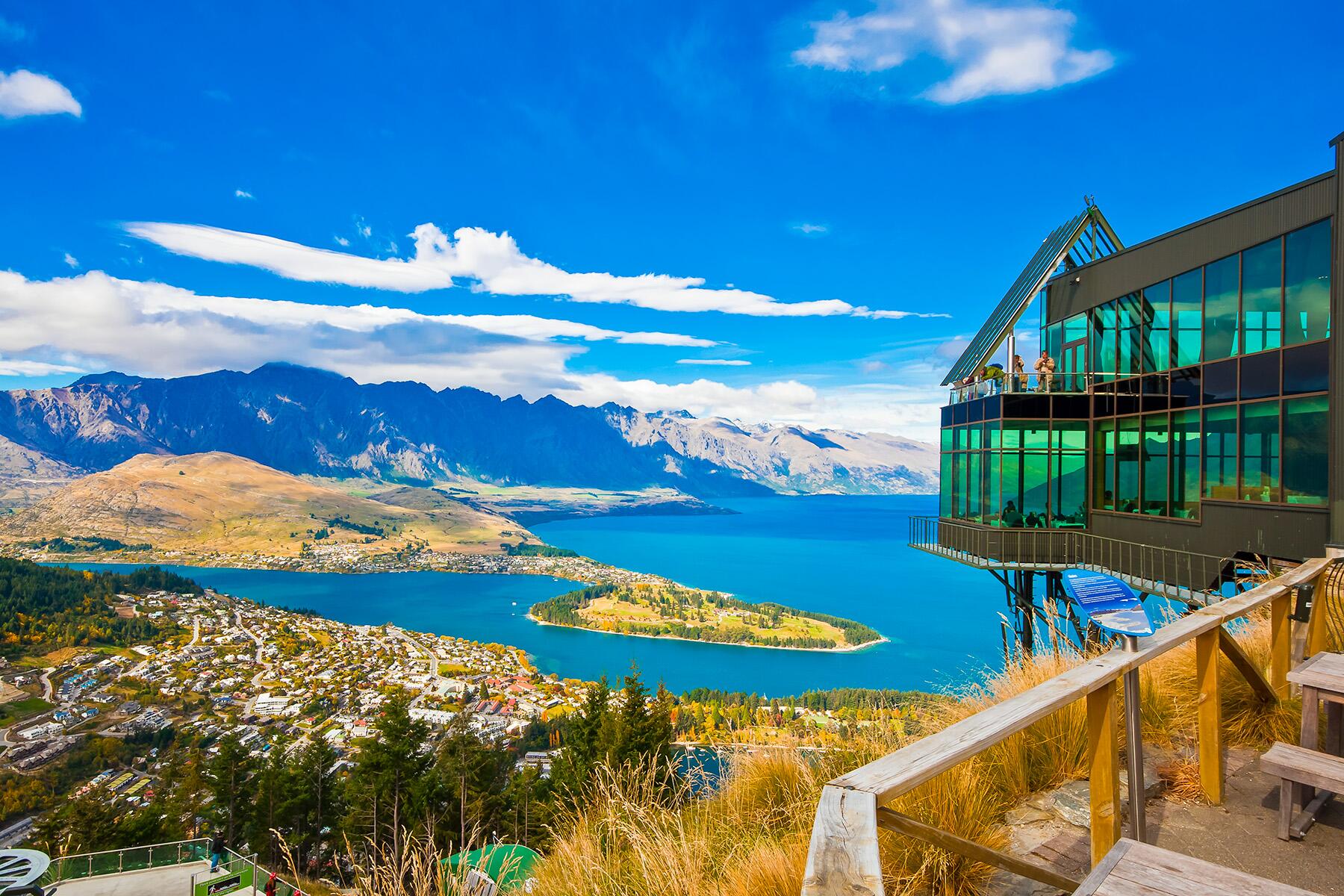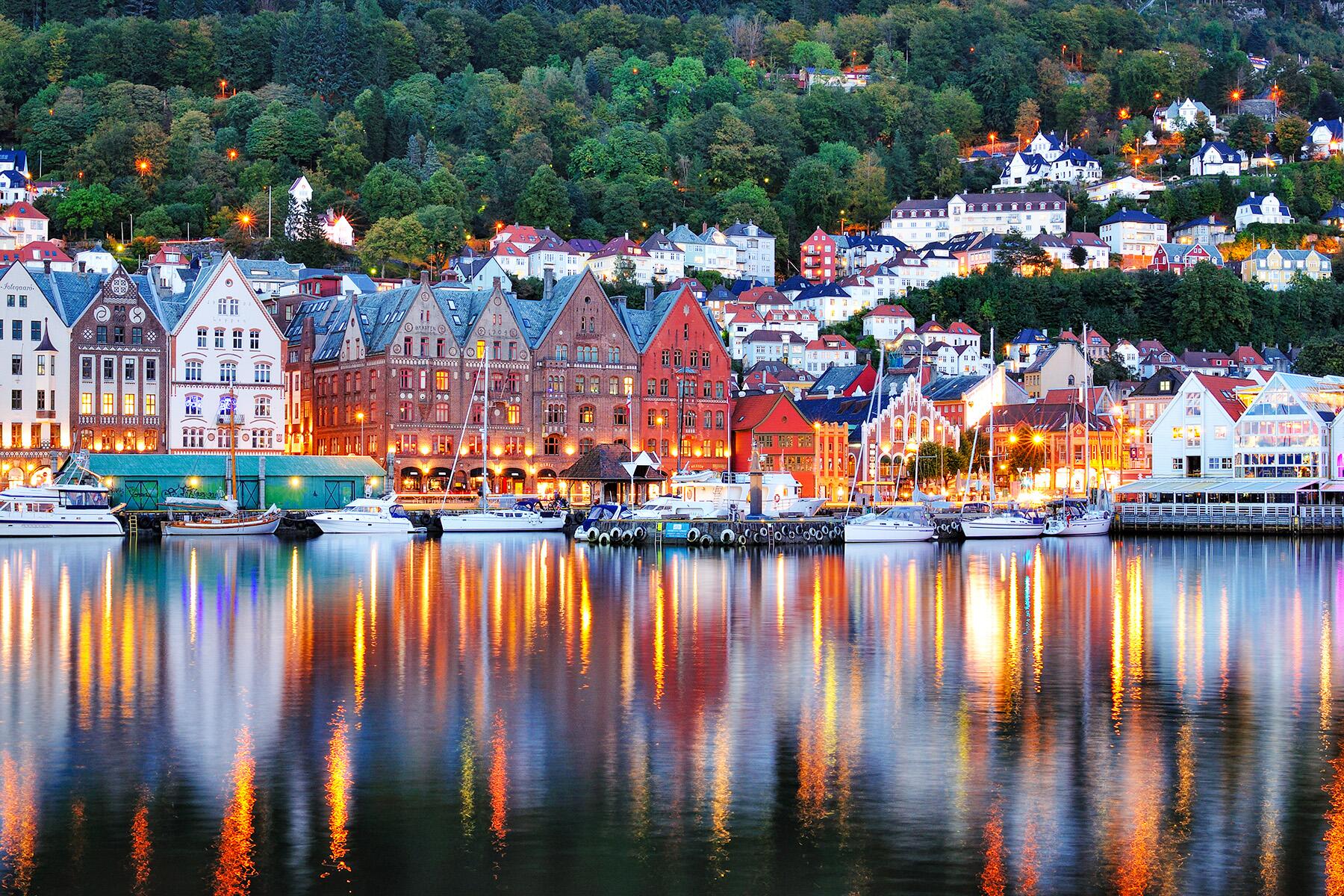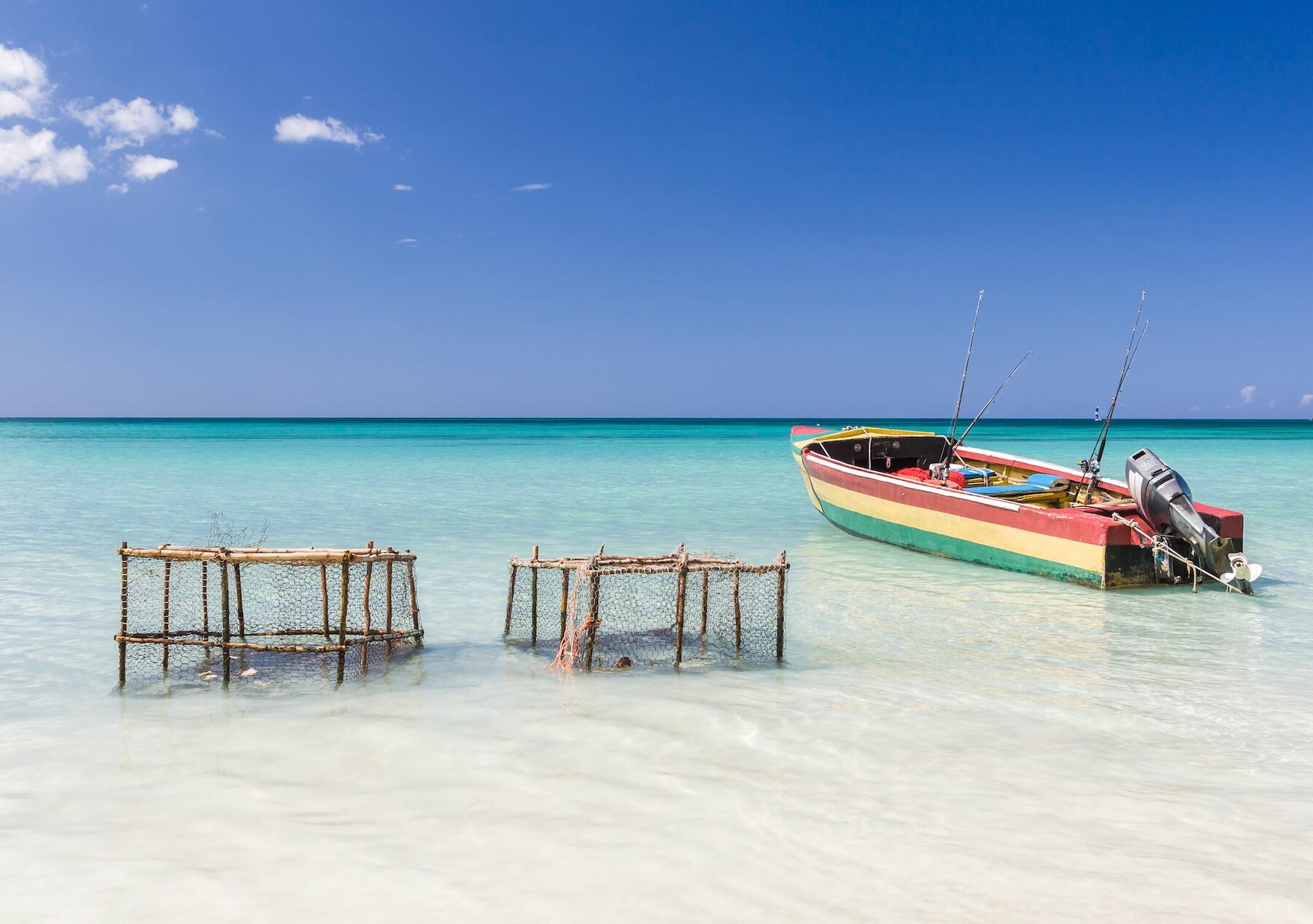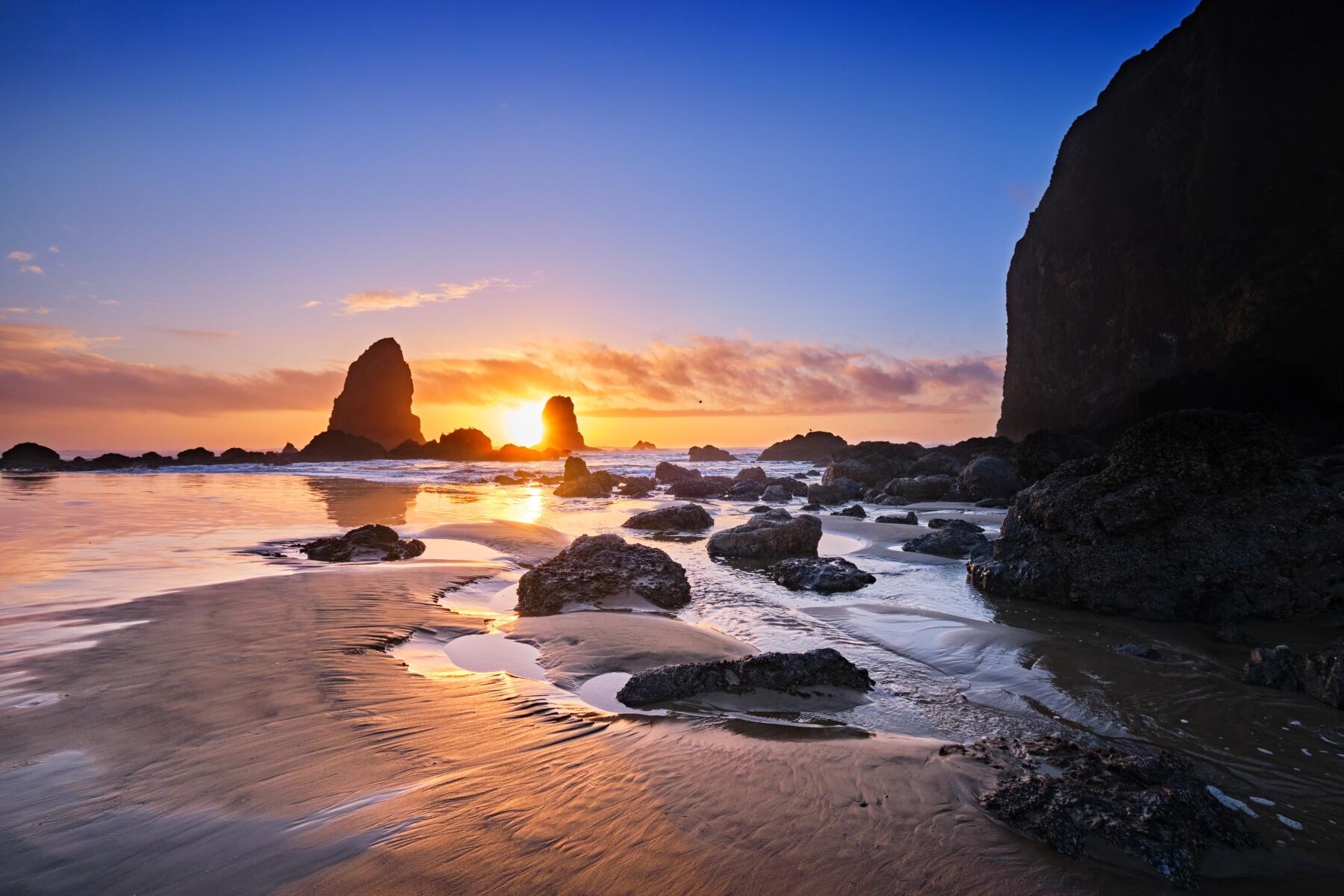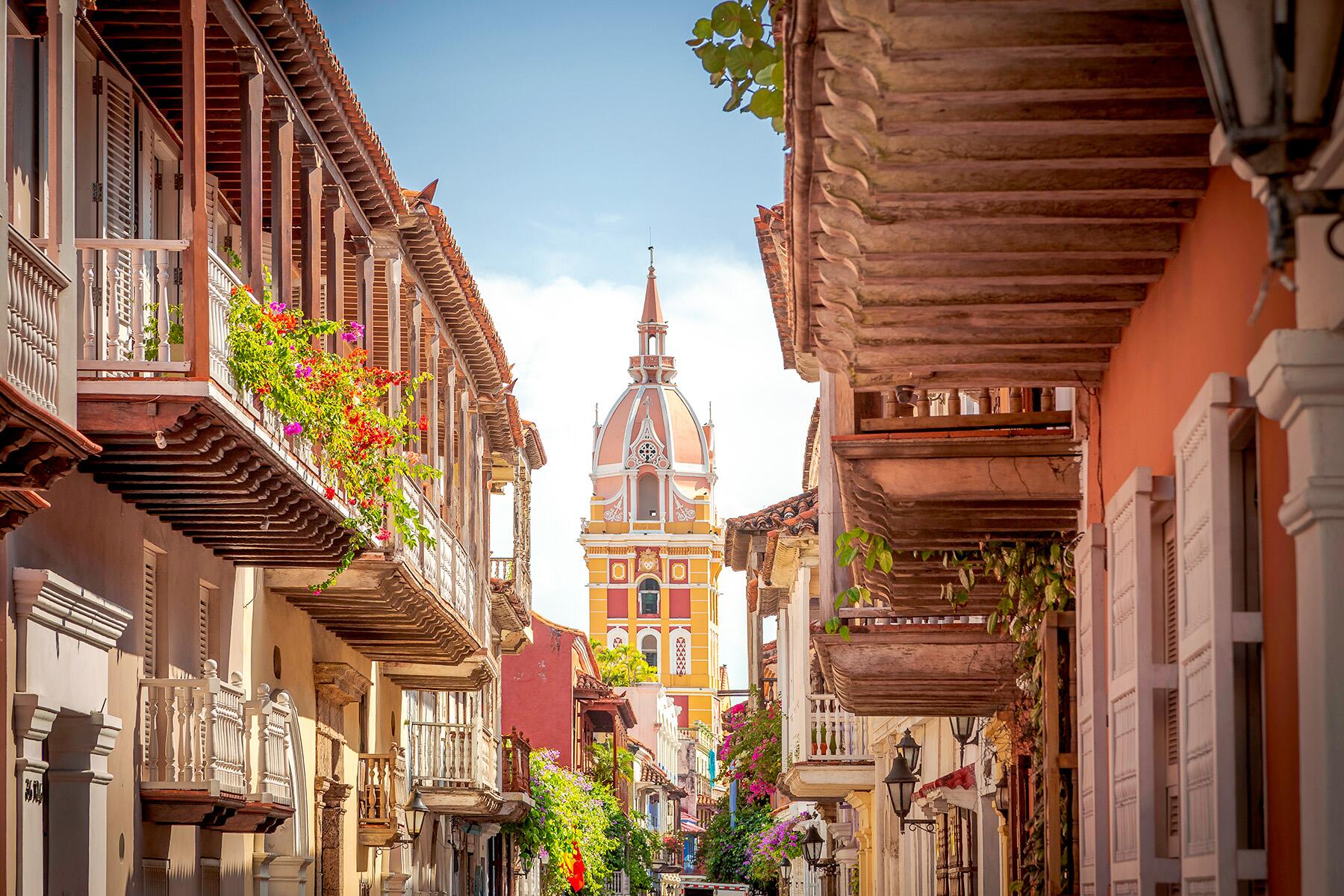
South America
Top places to go in South America in 2024
Expand Full List
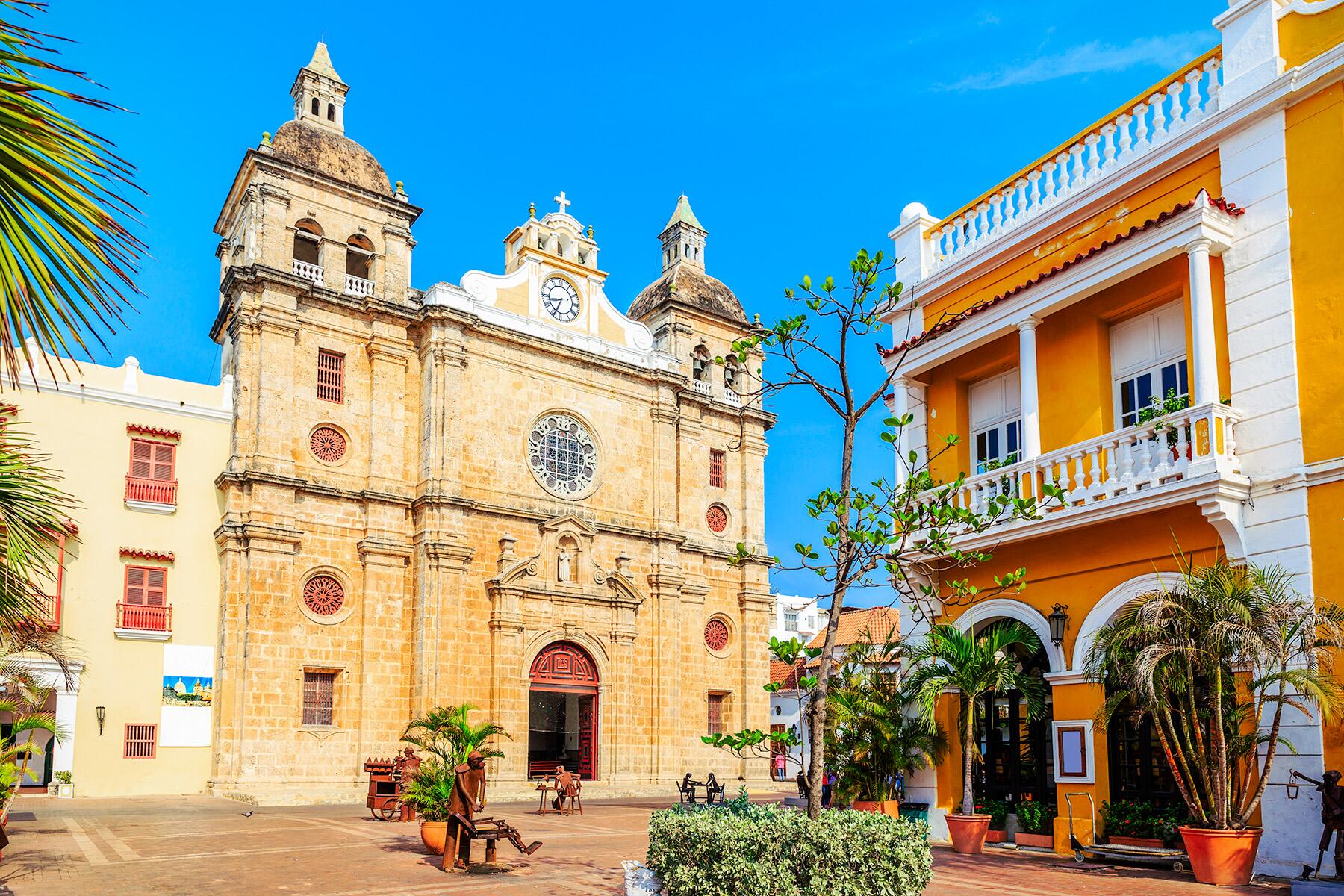
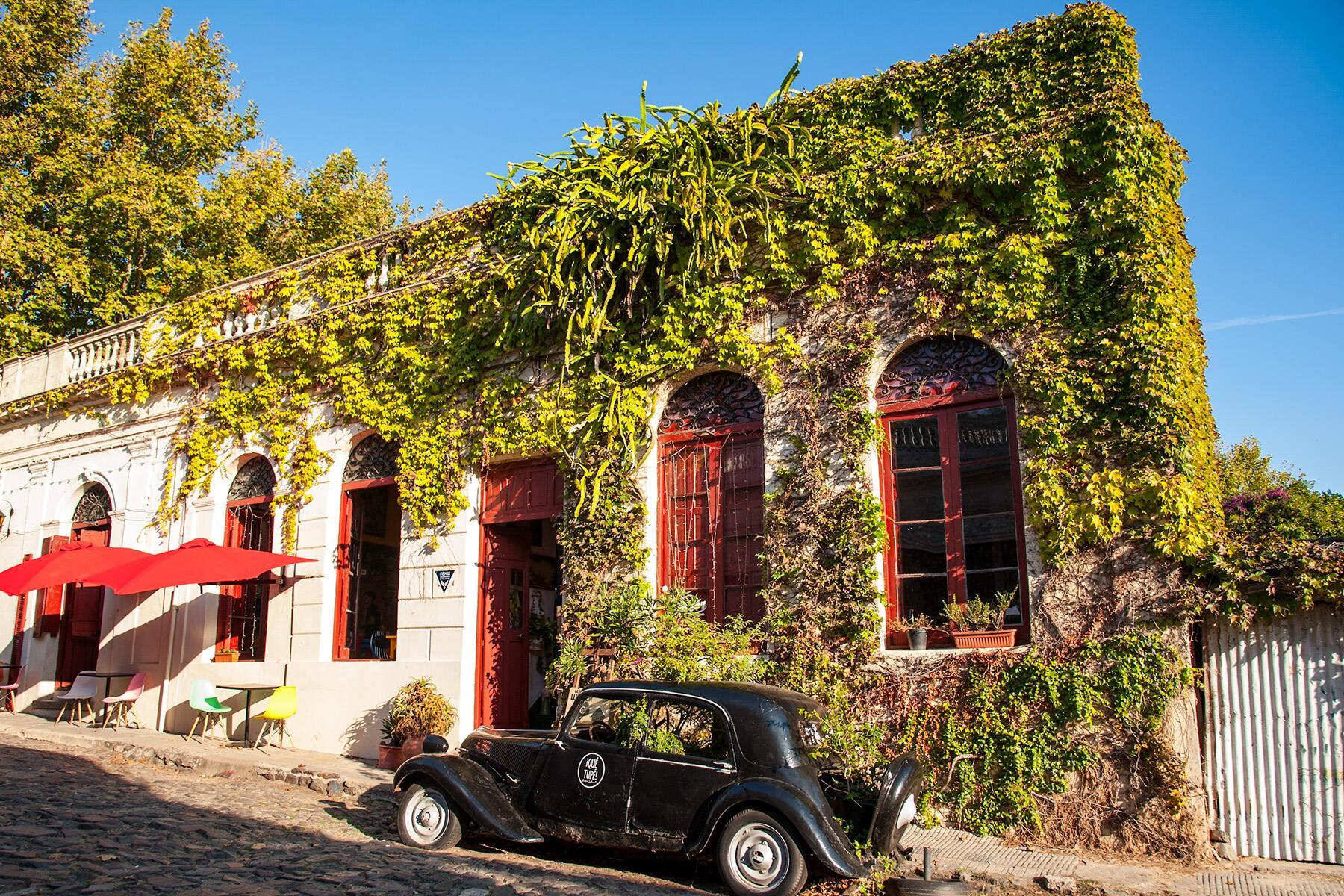
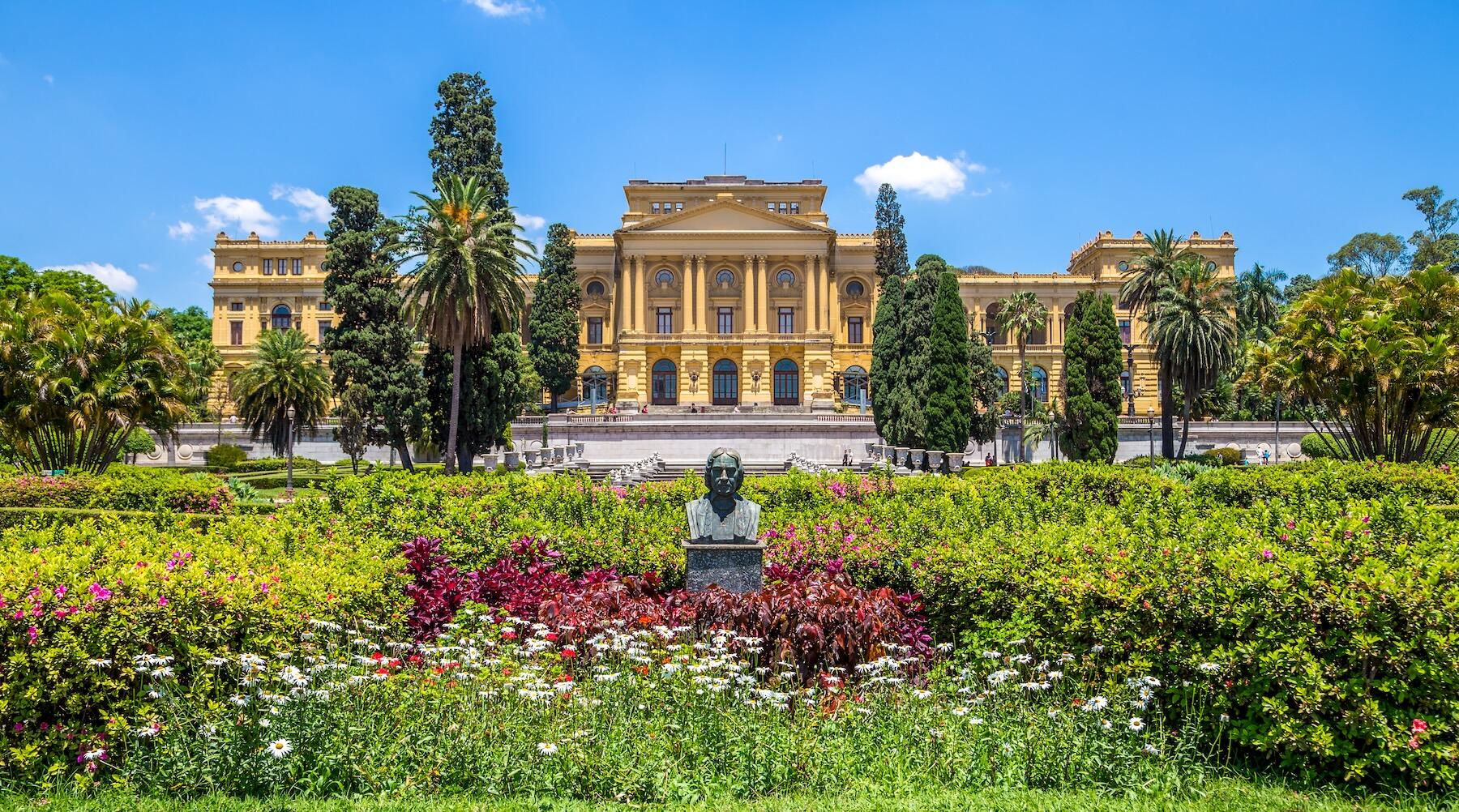
-
Cartagena, Colombia
![]()
-
Colonia del Sacramento, Uruguay
![]()
-
São Paulo, Brazil
![]()

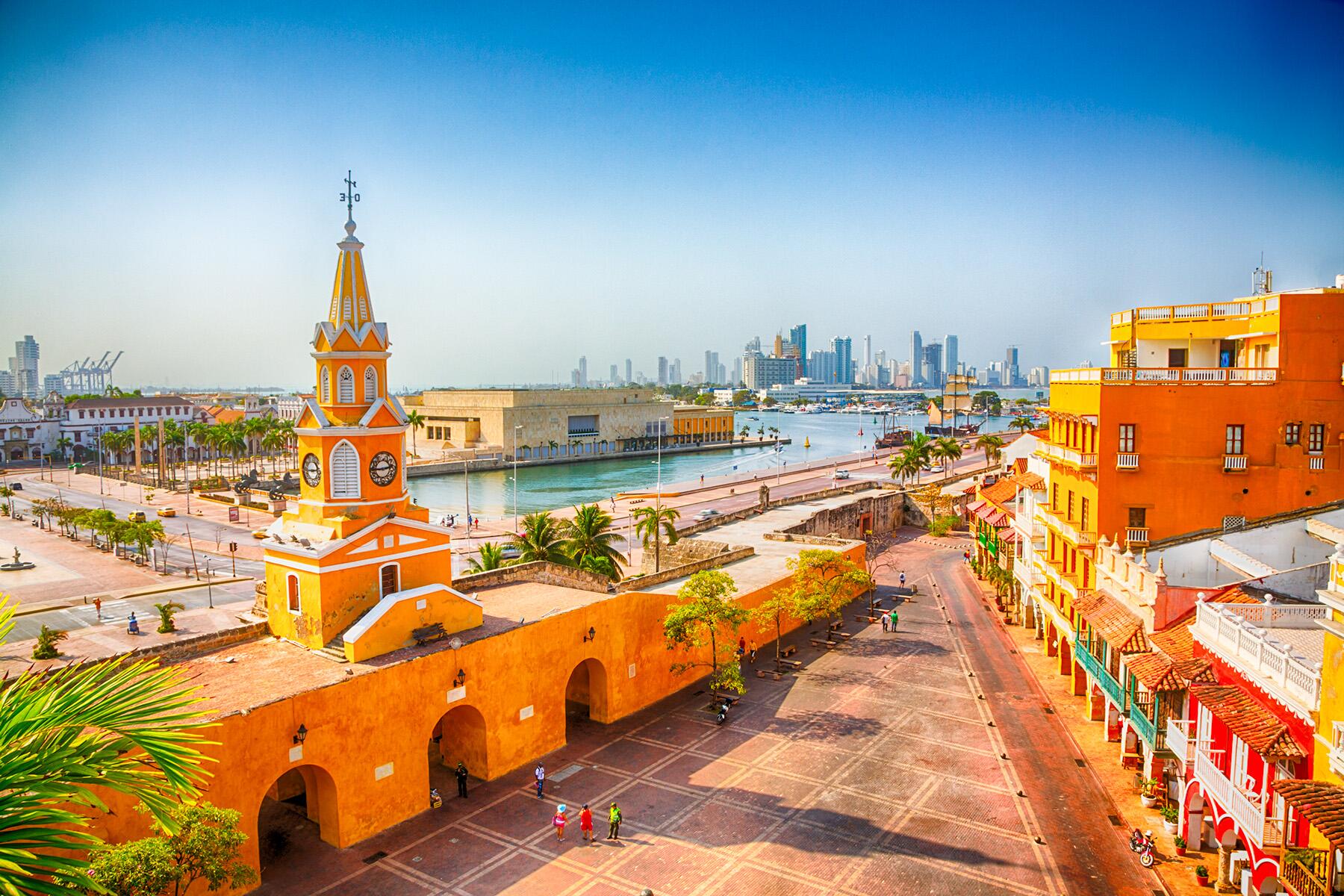
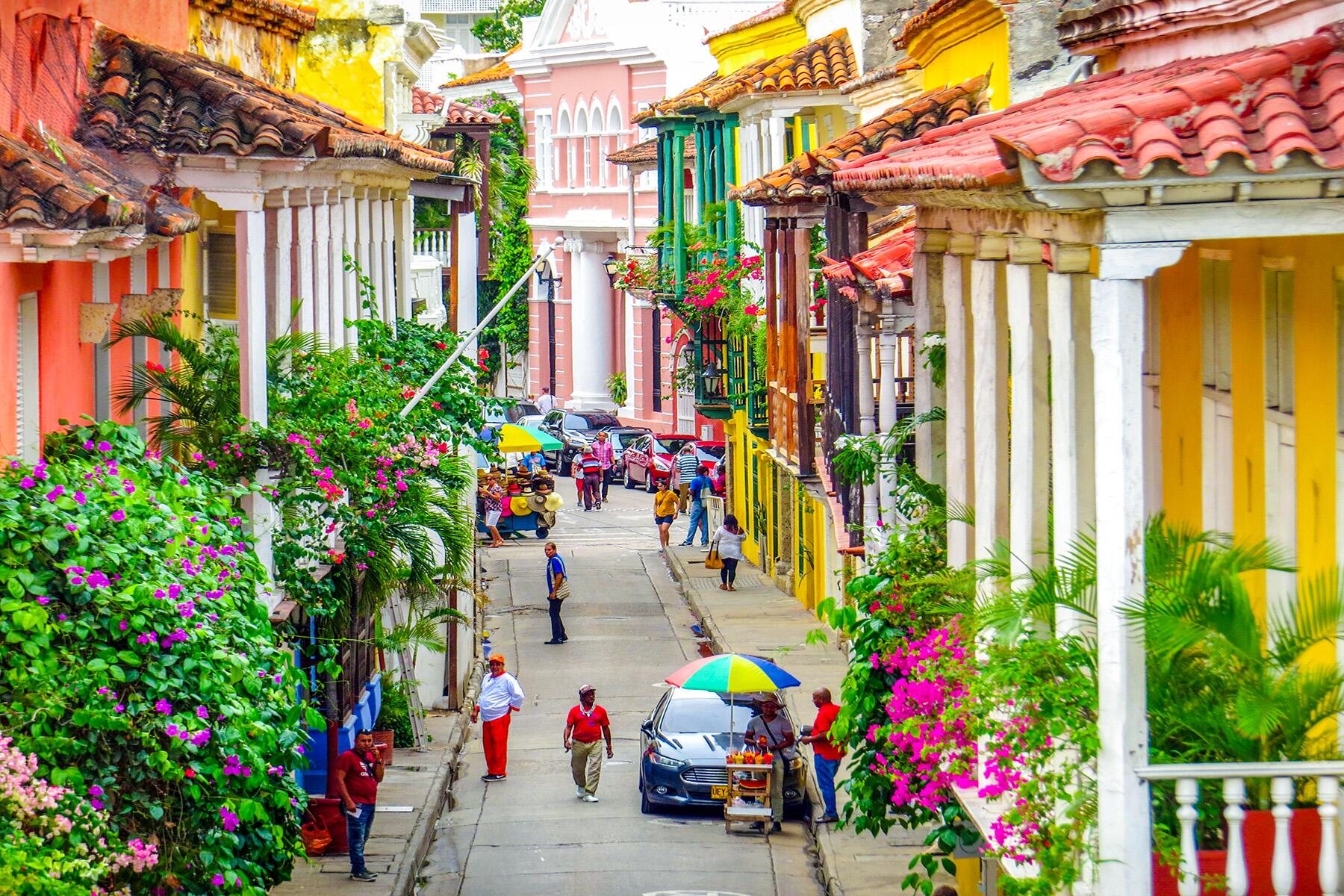
Cartagena
Colombia
Sitting on Colombia’s Caribbean coast, Cartagena is a historic port city that has become a popular tourist destination in recent years. It’s a city that effortlessly blends natural beauty, thriving culture, rich flavors, and an unending nightlife. The city is divided into neighborhoods that each boast their own distinct personality. The Old City (or La Ciudad Vieja) is the main draw, with its Spanish colonial architecture and cobblestone streets flanked by colorful colonial buildings with hot pink bougainvillea flowers dripping from the balconies. In the Old City, you’ll find the bulk of Cartagena’s attractions, from a larger-than-life Botero Sculpture to the Plaza del los Coches, where local vendors sell handmade confections comprised of guava and tamarind. The Old City is where you’ll find a slew of nightclubs, cafês, boutique shops, and fantastic restaurants—one of which is La Cevichería, serving up various ceviches to perfection.
Beyond the Old City’s walls, Getsemani is another neighborhood that has emerged as a popular spot for travelers. While the Old City feels almost manicured in its perfection, Getsemani has the feel of a wildly artistic enclave with a strong bohemian spirit. Come to Plaza de la Trinidad, which feels like an ongoing block party where local teenagers play impromptu fútbol games, street musicians play live music, and sidewalk cafés line the square serving brothy sancocho. Don’t skip a night of dancing at the historic Café Havana, widely considered one of the city’s best places for live music.
Further afield, you’ll find the neighborhood of Bocagrande (which translates to “Big Mouth”), where large hotels and modern condominiums greatly contrast with the vintage feel of the rest of the city. But to skip Bocagrande would be a mistake; this is the neighborhood where you’ll find the city’s only beach, Playa Bocagrande.
Many of Cartagena’s Old City hotels are found inside historical buildings that were once the home of aristocratic families. One such hotel is Casa Pombo, a four-star boutique stay housed within a historical apartment, with gorgeous rooms facing an inner courtyard comprised of a beautiful foliage-flanked pool. Another fantastic hotel option is Charleston Santa Teresa Cartagena, a five-star hotel with 87 stunning rooms and a gorgeous rooftop terrace with a pool overlooking the rooftops of Cartagena.
The high season for Cartagena travel is between December and March, but you’ll find fewer crowds and lower prices if you travel during the off-season in May or September.
Insider Tip
Many expect Cartagena to have the white sand beaches ubiquitous across the Caribbean, but you won’t find that here. Instead, take a day trip to nearby Isla Baru, where you’ll find the ideal beach on Playa Blanca.

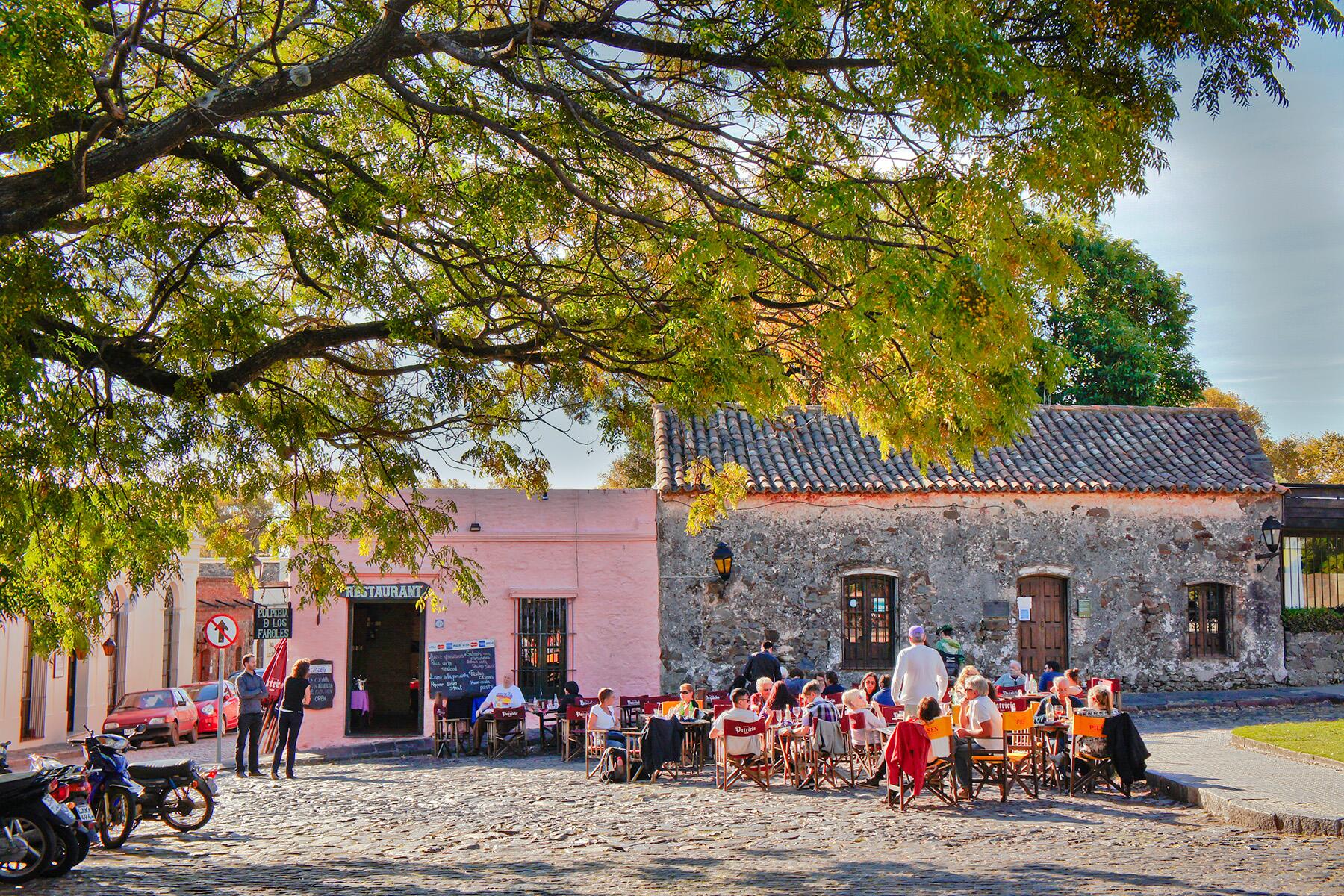
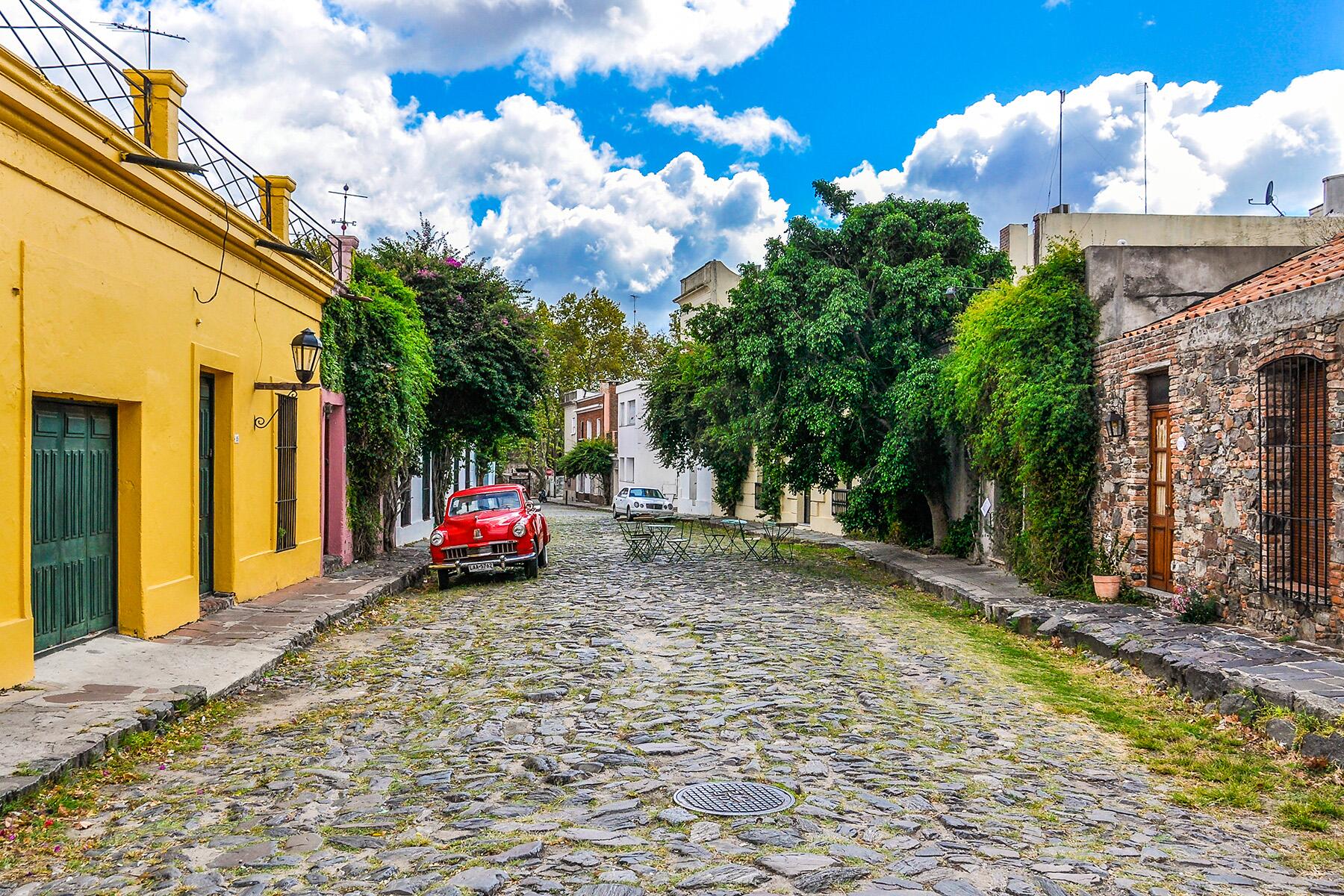
Colonia del Sacramento
Uruguay
For many travelers to Uruguay, the majority of time is spent exploring Montevideo, the nation’s capital. And yet the quiet, unassuming town of Colonia del Sacramento (or simply Colonia) offers visitors a relaxing, laid-back vacation destination just two hours west of Montevideo (and an hour ferry from Buenos Aires). There is a reason residents of both national capitals turn to Colonia for vacation getaways. The small town offers the quiet comforts not easily found in the bustling metropolitans.
The UNESCO World Heritage Site deserves an extended look—from the ferry terminal (which also serves as the bus station), a cobblestone road follows a gentle hill, rolling past the ruins of a former Portuguese fortress, before spilling out into a spectacular view of the Rio de la Plata converging into the Atlantic. Colonial-aged architecture, never more than two stories high, boasts local crafts and chocolates, all wrapped in history. Small restaurants like Casa Viera overlooking the ocean take up residence in stand-alone buildings that have aged like a favorite leather jacket. Local wine and fresh seafood are served while a man, almost as old as the buildings, croons over his Spanish guitar.
The entire town of Colonia repeats this, and yet, like a snowflake, every inch is unique. As most only stay the day, the perfect opportunity is to stay the night, sample local paella and pizza, dance to acoustic guitar and rippling waves as you walk along the Paseo San Gabriel, and fall in love with a city few know exists.
You won’t find chain hotels, restaurants, or anything else for that matter here, which is what helps Colonia maintain its beautiful charm. Costa Colonia provides both luxury and a personalized experience with nearly a dozen different styles of rooms (the water views are beautiful, but the city view with all the brickwork outside is just as gorgeous). Nova Posada is a wonderfully affordable B&B, while Charco Hotel will make you feel as if you’re in a European estate overlooking the Mediterranean.
Wintertime can prove surprisingly chilly. It’s never terribly busy in Colonia, so that isn’t generally a concern. Aim for spring or autumn months (March-May and October-November) for weather that’s not too hot, dry, or rainy.
Insider Tip
It is more affordable to make purchases with a foreign credit card. When paying with cash an extra fee is attached to bills. That fee is refunded when using a foreign credit card.

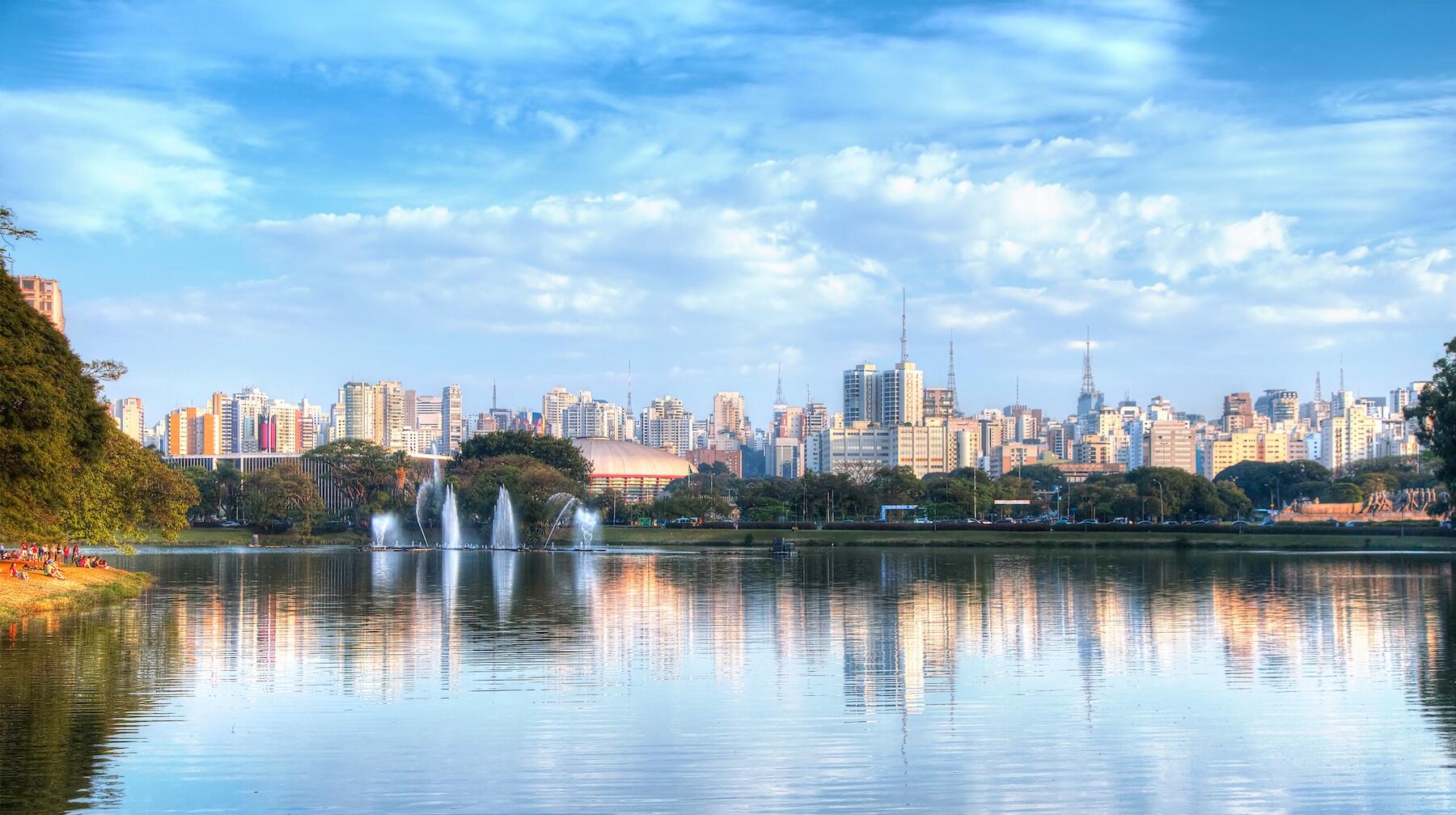
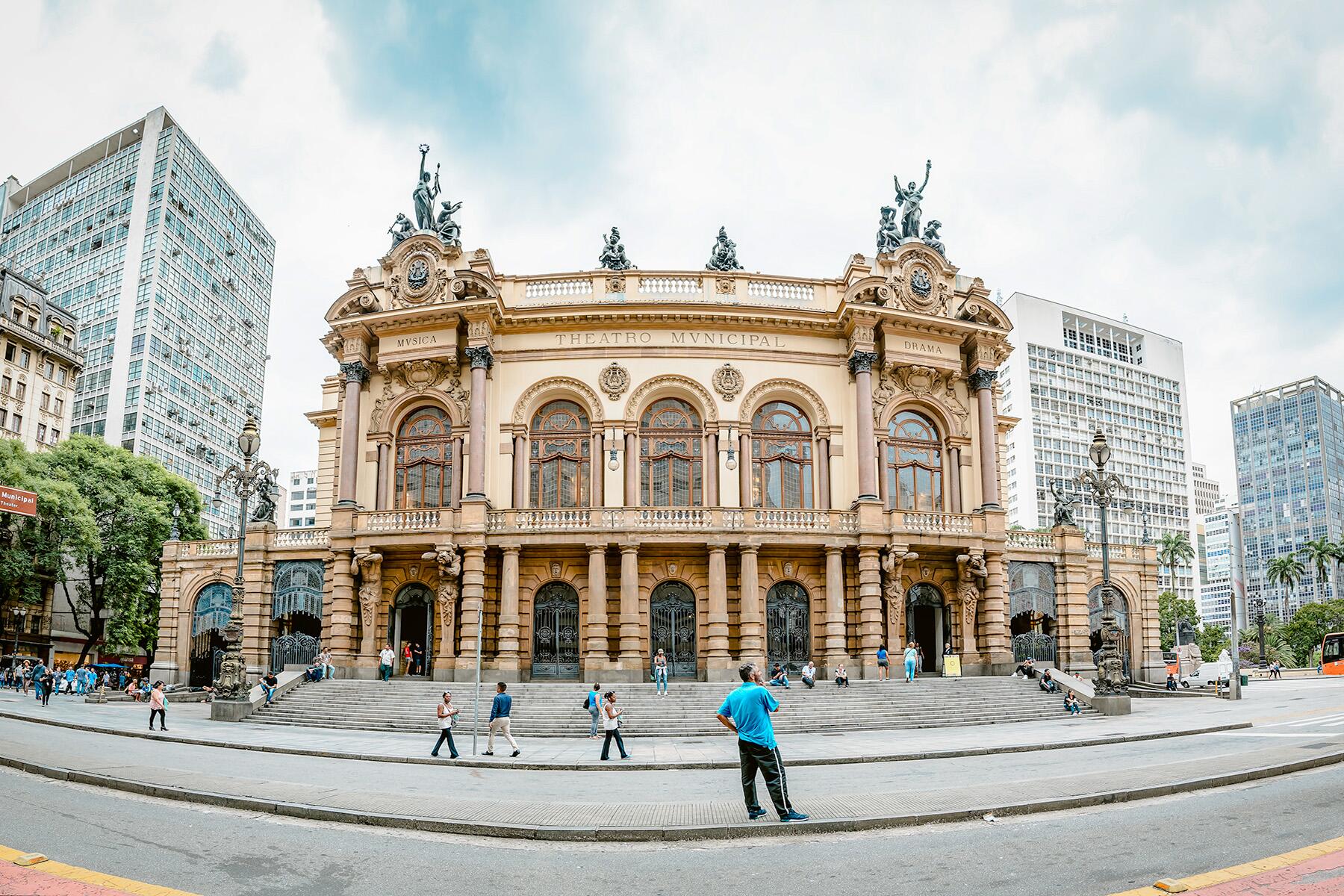
São Paulo
Brazil
The world is in São Paulo, with a variety of activities for visitors of all genders, sexual orientations, and budgets. It is an experience that mixes the old and the modern side by side. The starting point can be Paulista Avenue, with many cultural options, such as the Museu de Arte de São Paulo (MASP), a symbol of modern architecture. Some other interesting cultural places are the Pinacoteca and the Museu de Arte Sacra de São Paulo (religious art). However, if you want to taste the local food, the Mercado Municipal is the perfect place, with a multitude of gastronomic alternatives, from cheeses to exotic fruits and Portuguese sweets.
For nightlife lovers, Augusta Street is worth a visit for its variety of lively bars and nightclubs for all audiences. Visit the Vila Madalena neighborhood to see the work of some streets with colorful graffiti on walls and facades.
Accommodation in São Paulo is diverse; after all, there are around 320 hotels in this great metropolis. Whether you’re traveling on vacation or business, staying on or near Paulista Avenida means being close to many cultural options and the subway. The four-star Hotel Heritage is a good choice, as it is close to restaurants and stores. Cheaper and simpler accommodations are also easy to find, such as the Urbis Hotel (1.3 km from the Mercado Municipal). The Hotel 155 is an excellent option for those who like the nightlife as it is close to Augusta Street. But if you are looking for just accommodation to sleep, there are several well-located hostels, such as Hostel More SP and Soul Hostel, with a young atmosphere.
Local Weather
São Paulo is located in a humid subtropical climate zone with features that define a cold and dry winter, while the summer is sweltering and wet, with an enormous incidence of rain. The best months to visit this cosmopolitan city are between April and May or September and October.
Insider Tip
Many museums and cultural venues have free days during the week; however, it can vary greatly from place to place. Check the websites to find out which days are free.



